Zeolite PV for Ethanol dehydration
Product Information
Pervaporation is an energy efficient combination of membrane permeation and
evaporation It’s considered an attractive alternative to other separation methods for a variety of processes. For example, with the low temperatures and pressures involved in pervaporation, it often has cost and performance advantages for the separation of constant-boiling azeotropes. Pervaporation is also used for the dehydration of organic solvents and the removal of organics from aqueous streams.
Product Information
Pervaporation is an energy efficient combination of membrane permeation and
evaporation It’s considered an attractive alternative to other separation methods for a variety of processes. For example, with the low temperatures and pressures involved in pervaporation, it often has cost and performance advantages for the separation of constant-boiling azeotropes. Pervaporation is also used for the dehydration of organic solvents and the removal of organics from aqueous streams.
Additionally, pervaporation has emerged as a good choice for separation heat
sensitive products.Pervaporation can used for breaking azeotropes, dehydration of solvents and other volatile organics, organic/organic separations such as ethanol or methanol removal, and wastewater purification.
Pervaporation & Vapor permeation involves the separation of two or more components across a membrane by differing rates of diffusion through a thin layer and an evaporative phase change comparable to a simple flash step. A concentrate and vapor pressure gradient is used to allow one component to preferentially permeate across the membrane. A vacuum applied to the permeate side is coupled with the immediate condensation of the permeated vapors. Pervaporation is typically suited to separating a minor component of a liquid mixture, thus high selectivity through the membrane is essential.
